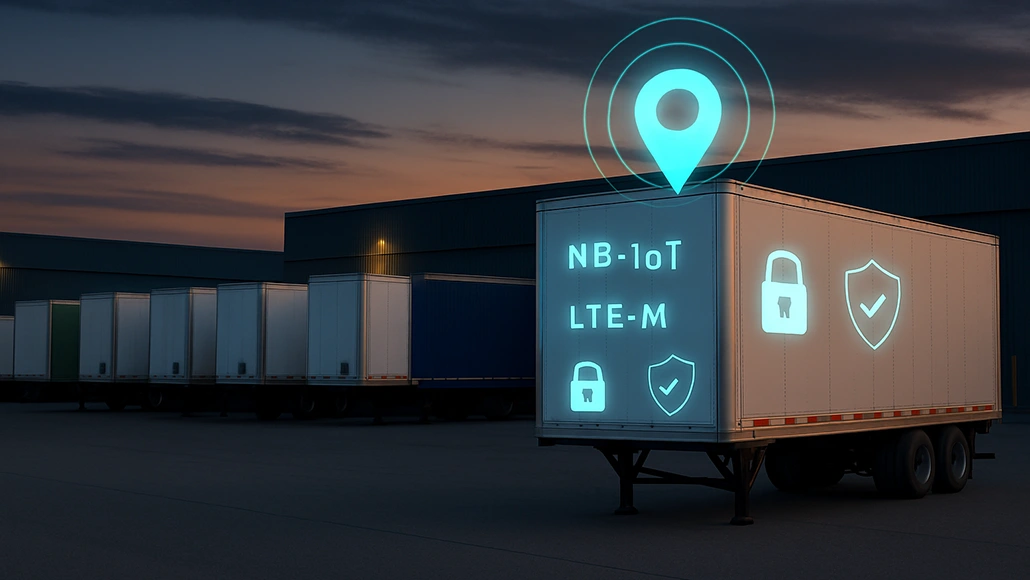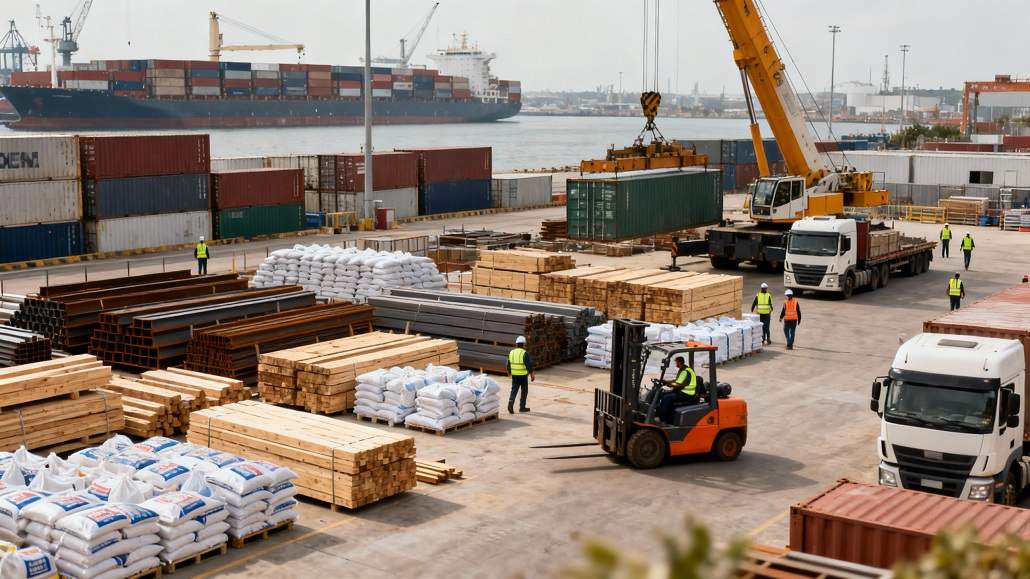Revolutionising Safety: The Role of Technology in Construction
Construction sites can be dangerous environments, with many risks that threaten workers’ safety. Ensuring the well-being of employees while maintaining productivity is a challenge that many construction companies grapple with daily. From injuries due to falls to equipment malfunctions, the stakes are high, and even minor lapses in safety can lead to catastrophic consequences. Here, […] The post Revolutionising Safety: The Role of Technology in Construction appeared first on World Construction Today.

Construction sites can be dangerous environments, with many risks that threaten workers’ safety. Ensuring the well-being of employees while maintaining productivity is a challenge that many construction companies grapple with daily. From injuries due to falls to equipment malfunctions, the stakes are high, and even minor lapses in safety can lead to catastrophic consequences. Here, we explore how technological advancements enhance efficiency and play a crucial role in revolutionising safety on construction sites.
The Importance of Safety Technology in Construction
The construction industry is known for its high incident rates, prompting a pressing need for effective safety measures. Traditional safety protocols often fall short in addressing the complex variables present on-site. Integrating technology allows companies to manage risks and implement precise safety strategies proactively.
For example, advanced technologies that monitor insulation resistance in real-time are transforming safety practices on construction sites. These tools are designed to detect faults in electrical systems early, preventing potential hazards like system failures or electrical shocks. By proactively identifying and addressing risks, these solutions not only enhance worker safety but also improve the reliability and efficiency of operations. Adopting such technologies is a crucial step in fostering a safety-focused culture that drives better project outcomes.
Innovative Tools Reshaping Safety in the Industry
Several innovative tools have emerged that significantly enhance safety protocols on construction sites. Drones, for instance, are increasingly utilised for site inspections. They provide real-time aerial imagery, helping project managers identify areas of concern without putting workers at risk. This technology can pinpoint issues like structural weaknesses or environmental hazards from a safe distance.
Furthermore, project management software now includes safety management features that streamline the reporting and tracking of safety incidents. These platforms allow teams to analyse data trends, ensuring that safety issues are addressed promptly. By incorporating a systematic approach to safety management, companies can create more reliable and safer work environments.
For instance, construction firms can use software that compiles and analyses incident reports to identify common hazards and develop targeted training programs. This proactive stance reduces accidents and fosters a more knowledgeable workforce.
Training and Development: Enhancing Safety Awareness
While technology is vital in enhancing safety, the human element remains indispensable. Training workers to use new technologies effectively is paramount for maximising their potential benefits. Virtual reality (VR) training programs have emerged as an effective method for preparing workers for real-life scenarios without the associated risks.
VR simulations can immerse workers in various hazardous situations, allowing them to practise their responses in a controlled environment. This training improves their ability to react swiftly and efficiently when faced with dangers, significantly boosting their confidence and competence on-site.
Regular training sessions should include updates on new technologies implemented in safety protocols. By ensuring that all team members are well-versed in the latest safety technologies, construction companies can enhance the overall effectiveness of their safety measures.
Staying Ahead: Continuous Improvement through Technology
Integrating technology in construction safety is not a one-time implementation but an ongoing process. Companies must continually assess and upgrade their technologies to remain relevant and uphold safety standards. This might involve adopting the latest software solutions or investing in new safety equipment that uses artificial intelligence to predict potential hazards.
Staying informed about emerging technologies and best practices allows construction firms to adapt to changing environments and regulations. By fostering a culture of continuous improvement, organisations can ensure that they comply with safety standards and lead the charge in innovative safety solutions.
The post Revolutionising Safety: The Role of Technology in Construction appeared first on World Construction Today.

 machineryasia
machineryasia 





